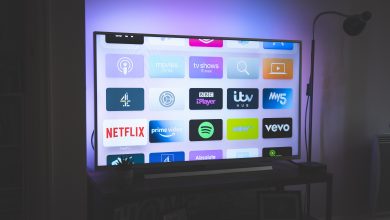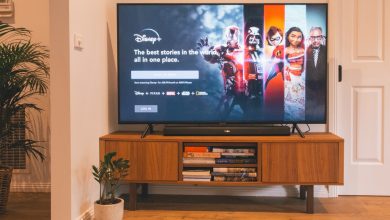Is Mini LED better than OLED? – Mini LED vs. OLED

Television has been our medium of entertainment for a very long time. Thanks to the rise in technological advancements. With the coming of Smart TVs, it is very convenient for us to stream content and watch everything available online. There are new updates coming day-by-day in the TV industry. Now let’s look into two different display technologies.
What is a Mini LED?
Mini LED is a type of screen technology mostly found in TV displays these days. It is considered an evolution of traditional LCD technology. Mini LEDs could change the whole TV industry. Top TV brands such as LG, Samsung, and TCL have Mini LED backlight technology in them. It has a brighter much-improved contrast closer to that of an OLED. It has no risk of burning. Mini LEDs are developed to shrink the backlight LEDs down as much as possible to add more dimming zones.
Mini LEDs are more similar to QLEDs, but the backlights get even smaller. They are small as a single pixel where QLEDs are larger than one pixel. Mini LED backlight is way similar to other LED technologies, it sits directly behind an LCD substrate and it shines light through non-self-illuminating pixels to give you an image on a screen. However, unlike other LED backlights it is made up of many thousands of tiny LEDs that can be switched on or off in multiple, much smaller zones.
These Mini LEDs are better than QLED and LED; it is hard to compare the difference between the contrast on Mini LED and OLED as the Mini LED can get almost to the pixel level. The deep blacks in OLED are available in Mini LEDs as well. You won’t get the same pixel-level control over black levels like that of OLEDs. Some Mini LEDs have up to 3000 backlight zones.
The benefit of Mini LED over conventional LED backlighting is that it can be more accurate and therefore provide better black levels. Color saturation and accuracy are also improved. There is less light bleed, as the LED zones are much smaller than usual. The result couldn’t compare like-for-like with OLED or Micro LED, which are more precise still with each pixel being self-illuminated, but you do get a much better picture than you would usually for LED TV tech.
What is OLED?
OLED or Organic LED is the best display technology available in the market. The main advantage of an OLED is each pixel acts as its backlight and can be turned off individually, allowing the color black to be just black as in a complete lack of light.
OLEDs having organic materials produce similar effects when current runs through them. But the OLED display works differently than typical LED and LCDs. OLED screens are made up of many small diodes that emit their light. When an OLED screen wants an area of the screen to be black, it simply turns off the pixels in that area, thus creating much darker tones without concern for light bleeding from brighter surrounding areas.
OLED can have some lifespan issues when it comes to color. While red and green OLED pixels have a pretty long lifespan, blue OLED pixels tend to have one-third of that lifespan. This means that long-term, an OLED display may have issues with color accuracy as the blues start to die off.
It uses millions of tiny, colored, self-illuminating pixels that can be switched on or off individually which means that darker areas of a screen can be deeper and more involving, with zero light bleeds from neighboring pixels. Since they can be turned off completely, the black levels tend to be better than most other screens on the market today.
Power consumption also benefits from the lack of a backlight, as does the depth of an OLED TV, as the panel can only be a few millimeters thick. Some OLED TVs have separate media connection boxes, allowing the panel to be placed flush with the wall.OLED TVs are also known for their excellent color saturation and accuracy, although the brightness doesn’t tend to reach the same height as high-end LED TVs.
Is Mini LED better than OLED?
With more LEDs than traditional LED LCD panels, Mini LEDs provide better contrast ratios and deeper blacks. OLED does not need a backlight because each pixel is self-illuminating and can switch on and off. A significant advantage of a Mini LED panel over an OLED is the brightness levels.
It will be better if you choose a Mini LED TV over an OLED for a good viewing experience if you plan to place it in a brightly lit room. And due to the high risk of screen burn on OLED panels, they don’t last long. Screen burn-in has been and still is one of the most significant drawbacks of OLED technology.
Manufacturers have tried to improve the longevity of OLED panels. They still cannot compare to their LCD LED counterparts, including Mini LEDs. Over time, the luminance of individual pixels degrades, resulting in washed-out images.
OLEDs have several advantages over Mini LEDs. One of the major advantages of OLEDs is their ability to deliver true blacks by switching individual pixels on and off. Also, OLEDs don’t exhibit the halo effect. OLED is the best if you want the best possible picture quality, contrast ratios, faster response times, and better viewing angles.
Conclusion
Now we have looked into the two different display technologies each having their own perks and drawbacks. The pricing also differs according to the technology. Keep a budget in mind; choose the one according to your necessity.





